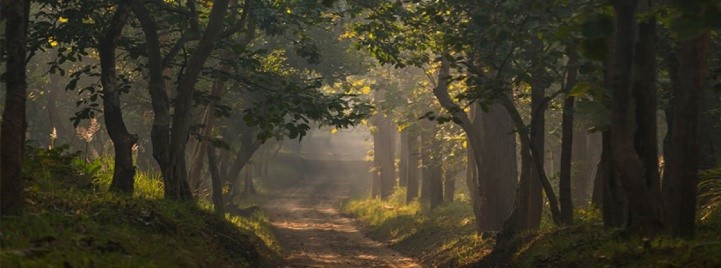





Disclaimer: Copyright infringement not intended.
Context
Sohagi Barwa Wildlife Sanctuary
Topography & Climate
Fauna
Flora
|
PRACTICE QUESTION Question: Sohagi Barwa Wildlife Sanctuary, often in the news, is known for its rich biodiversity. In which Indian state is this sanctuary located, and what is its primary conservation focus? a) Uttarakhand - Conservation of Himalayan flora and fauna b) Assam - Protection of the Indian one-horned rhinoceros c) Madhya Pradesh - Preservation of the Asiatic lion d) Arunachal Pradesh - Conservation of Eastern Himalayan biodiversity Answer: d) Arunachal Pradesh - Conservation of Eastern Himalayan biodiversity |







© 2025 iasgyan. All right reserved